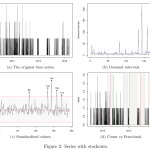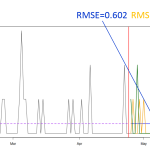So, our paper with Anna Sroginis got rejected from a special issue of the International Journal of Production Research after a second round of revision. And here is what I think about this! First things first, why am I writing this post? I want to share failures with the community, because I am tired of […]
AID paper rejected from the IJPR












